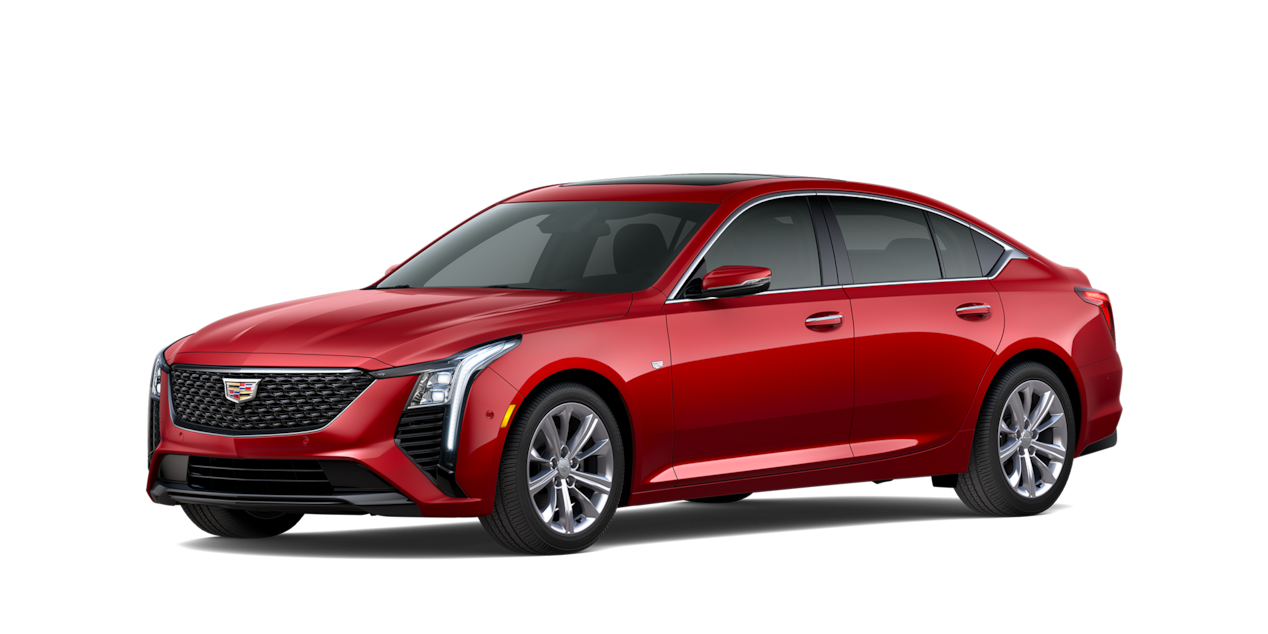ABOUT FRONT PEDESTRIAN BRAKING
At speeds between 5 and 50 mph, available Front Pedestrian
At speeds between 5 and 50 mph, Front Pedestrian and Bicyclist
How It Works
When in FORWARD gear, Front Pedestrian Braking uses a camera to look directly ahead of your vehicle and monitor moving or stationary pedestrians in front of you.
An amber pedestrian icon is displayed in the instrument cluster when a nearby pedestrian is detected ahead. When approaching a detected pedestrian too quickly, it will provide a red flashing windshield alert.
Additionally, you’ll hear eight high-pitched front beeps or feel five both-side Safety Alert Seat pulses if your vehicle is equipped with that available feature and depending on your selected alert type.
You can disable or customize Front Pedestrian Braking in your vehicle’s Settings menu. You can turn it Off, set it to Alert only, or Alert and Brake.
When Front Pedestrian Braking Detects a Potential Collision
If Front Pedestrian Braking detects the vehicle is about to crash into a pedestrian directly ahead of it, and the brakes have not been applied, it may automatically apply hard emergency braking. Front Pedestrian Braking can also enhance your own hard braking.
Front Pedestrian and Bicyclist Braking
Some vehicles are equipped with Front Pedestrian and Bicyclist Braking. This feature functions identically to Front Pedestrian Braking but adds the ability to detect and alert you of bicyclists in front of your vehicle, and provide hard emergency braking or enhance your own hard braking.
Front Pedestrian and Bicyclist Braking is designed to detect bicyclists within approximately 130 feet (40 meters) in front of your vehicle.
Things to Remember About Front Pedestrian Braking and Front Pedestrian and Bicyclist Braking
These Front Pedestrian Braking features may not detect all pedestrians in all situations. Examples of its limitations include:
- Front Pedestrian Braking and Front Pedestrian and Bicyclist Braking may not detect children
- When the pedestrian is not directly ahead of your vehicle, is not fully visible, is not standing upright or is part of a group
- Poor visibility conditions, including nighttime, fog, rain or snow, or if the front camera is blocked by dirt, snow or ice. Keep the windshield in front of the camera lens clean
- Carefully read your Owner’s Manual for system limitations. Check the “Driver Assistance Systems” section of the Owner’s Manual for a diagram that shows the location of the feature’s camera and how to clean it
Safety or driver assistance features are no substitute for the driver’s responsibility to operate the vehicle in a safe manner. The driver should remain attentive to traffic, surroundings and road conditions at all times. Visibility, weather, and road conditions may affect feature performance. Read the vehicle owner’s manual for more important feature limitations and information.
For your security, please don't include personal info such as phone number, address or credit card details.
RELATED LINKS AND RESOURCES
Q&As
LOOKING FOR SOMETHING ELSE?
NEED MORE HELP?
Communicate with one of our specialists.
To find out if your vehicle has this feature, contact your dealer or refer to your vehicle’s equipment list. Please check your Owner’s Manual for more information about features.






















